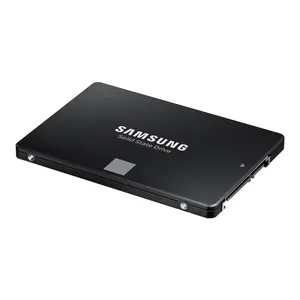

OEM TWSC Manufacturer M2 SSD 128gb 256gb 512gb M.2 Sata SSD Hard Drive Nvme M2 1tb 2tb For Notebook Laptop And Gamer


Free Custom logo 32g 64gb metal usb flash memory drive 2.0/3.0 Waterproof USB stick 128G Pendrive U disk






















SDRAM disk drives represent a pivotal category in data storage technology, offering a blend of speed and reliability for various computing needs. These storage devices come in multiple forms, each designed to cater to specific requirements and applications. Understanding the nuances of SDRAM disk drives is essential for making an informed decision that aligns with your storage needs.
The world of SDRAM disk drives is diverse, with the primary distinction being between Solid State Drives (SSD) and Hard Disk Drives (HDD). SSDs, known for their lack of moving parts, offer enhanced durability and faster access times, making them suitable for tasks that require speed and resistance to physical shock. HDDs, on the other hand, offer larger storage capacities at a more economical value point, ideal for archival and less speed-critical storage.
The application of an SDRAM disk drive is vast, ranging from personal computing to enterprise-level data centers. SSDs are often the go-to for operating system installations due to their quick read/write speeds, significantly reducing boot and loading times. HDDs are commonly used for long-term storage of large files, such as videos and images, where the speed of access is less critical. Features of SDRAM disk drives include varying storage capacities, with SSDs available in sizes up to several terabytes, and HDDs offering even larger space for storage.
The materials used in SDRAM disk drives include durable, high-quality electronic components that ensure longevity and reliability. SSDs, for instance, utilize NAND-based flash memory, which allows for a greater number of write and erase cycles. The advantages of using SDRAM disk drives are numerous, including improved system performance, reduced power consumption, and a smaller physical footprint, particularly with SSDs.
Selecting the right SDRAM disk drive requires a balance between performance needs and storage capacity. For users seeking swift data access and system responsiveness, an SSD might be the preferred choice. Those needing ample storage for a lower cost might lean towards HDDs. It's important to assess the intended use, whether it's for a portable system or a stationary setup, to determine the most suitable type of SDRAM disk drive.
Engaging with suppliers for the right SDRAM disk drive is streamlined on Alibaba.com. The platform facilitates a connection between buyers and a global network of suppliers, offering a wide array of SDRAM disk drives to suit diverse requirements. Prospective buyers can explore the extensive catalog, compare specifications, and communicate with suppliers to find the storage solution that aligns with their needs.